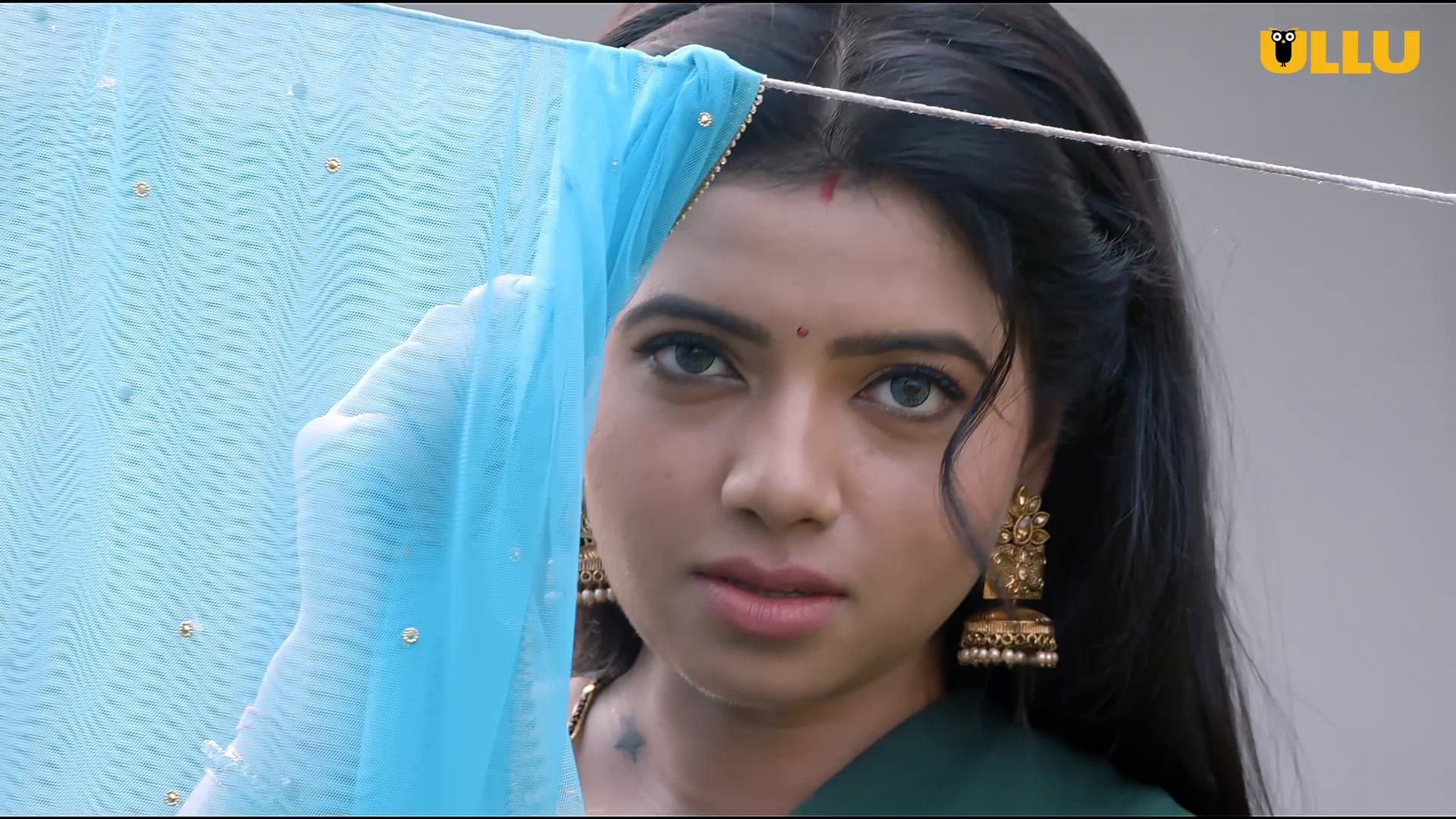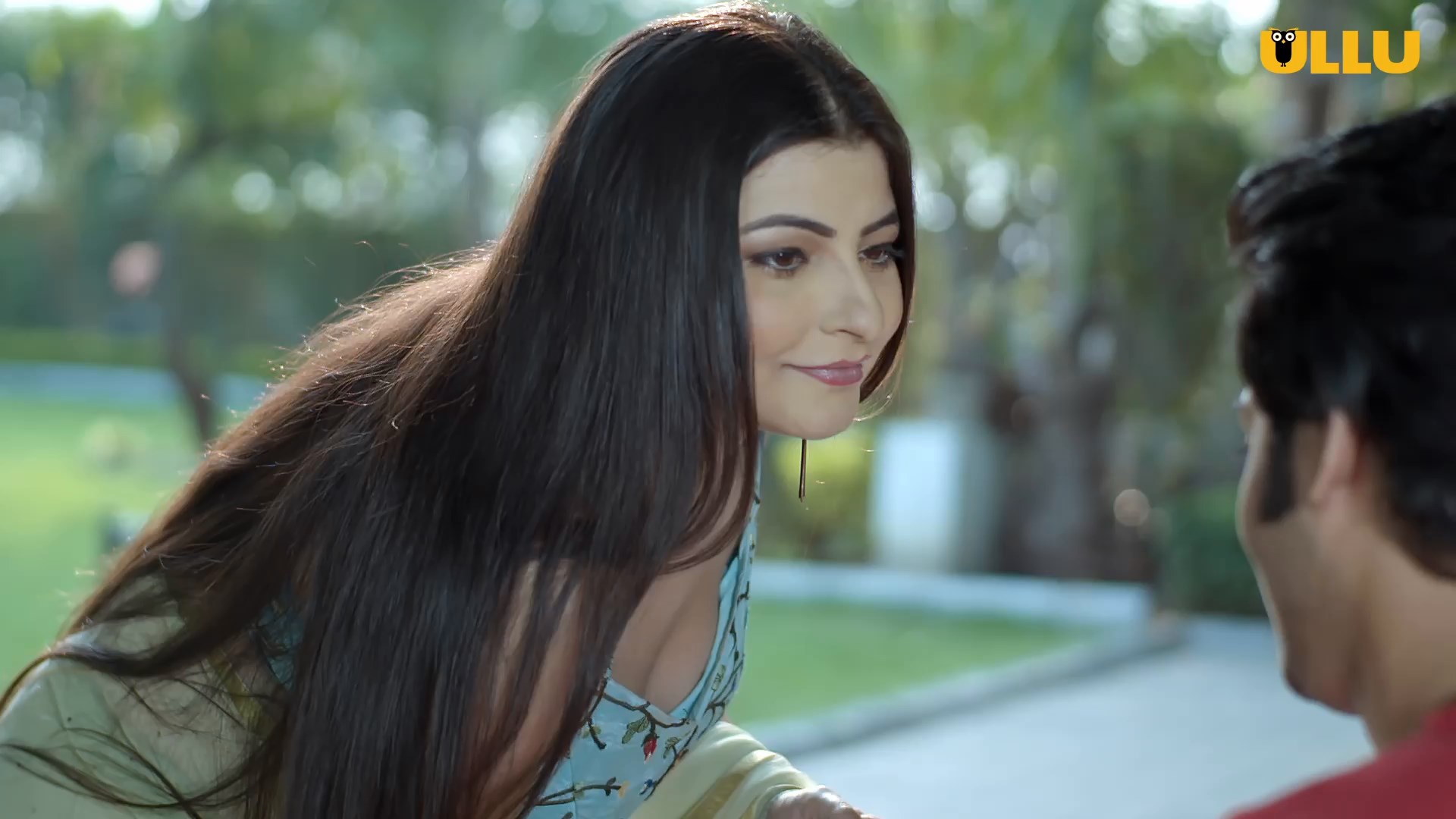You’ve probably stumbled upon the term "Palang Tod Ullu" while exploring the rich tapestry of cultural traditions, but what exactly does it mean? Palang Tod Ullu is more than just a phrase; it’s a reflection of deep-rooted customs and beliefs that have been passed down through generations. Whether you’re intrigued by its origins, significance, or how it influences modern life, this guide will take you on a journey to uncover everything you need to know.
Picture this: a world where ancient traditions meet contemporary practices, and Palang Tod Ullu stands right at the intersection. It’s a concept that resonates with people from all walks of life, offering insights into how cultural heritage shapes identity and community. So, if you’re here to learn, you’re in the right place.
Let’s dive in and explore why Palang Tod Ullu is not just another tradition but a way of life for many. Stick around, because this article is packed with fascinating facts, expert opinions, and practical insights that’ll leave you amazed.
- Meet The Bobbi Septuplets A Journey Of Wonder Challenges And Triumphs
- Blue Salt Remedy The Secret To Unlocking Your Health And Wellness
Table of Contents
- The Origin of Palang Tod Ullu
- Cultural Significance
- Modern Practices and Adaptations
- Religious Connection
- Key Rituals and Ceremonies
- Symbolism Behind Palang Tod Ullu
- Challenges Faced by the Tradition
- Efforts to Preserve Palang Tod Ullu
- Global Impact and Recognition
- Conclusion
The Origin of Palang Tod Ullu
Alright, let’s rewind the clock and go back to the roots. Palang Tod Ullu isn’t just a random tradition; it has a rich history that dates back centuries. It originated in the remote villages of Southeast Asia, where communities relied heavily on their environment for survival. The term itself roughly translates to "bridge of light" in the local dialect, symbolizing the connection between the physical and spiritual worlds.
Back in the day, people believed that Palang Tod Ullu was a way to honor their ancestors and seek guidance from the divine. The tradition was initially practiced during harvest seasons, where villagers would gather under the moonlight to perform rituals and offer prayers. These practices were seen as essential for ensuring prosperity and protection.
Early Influences
Now, let’s zoom in on the early influences that shaped Palang Tod Ullu. The tradition was heavily influenced by animist beliefs, where spirits were thought to inhabit natural elements like trees, rivers, and mountains. This belief system played a crucial role in shaping the rituals and ceremonies associated with Palang Tod Ullu.
- Miu Shiromine The Rising Star Of The Anime Industry
- Unveiling The Magic Movie Rulzla Kannada 2024 Ndash Your Ultimate Destination For Entertainment
Here’s a quick breakdown of the key influences:
- Animism: The belief that natural objects have souls or spirits.
- Shamanism: The practice of communicating with the spirit world through shamans or spiritual leaders.
- Agricultural Practices: The tradition was closely tied to farming and harvest cycles.
Cultural Significance
Palang Tod Ullu isn’t just a tradition; it’s a cultural cornerstone that defines the identity of many communities. It’s a way for people to connect with their heritage and pass down valuable lessons to future generations. In today’s fast-paced world, where traditions are often overshadowed by modernity, Palang Tod Ullu stands as a testament to the resilience of cultural practices.
Uniting Communities
One of the most remarkable aspects of Palang Tod Ullu is its ability to bring people together. Whether it’s a small village gathering or a large-scale festival, the tradition fosters a sense of unity and belonging among participants. It’s not uncommon to see families and friends coming together to celebrate and honor their shared heritage.
Check out these stats:
- Over 80% of participants report feeling a stronger connection to their community after engaging in Palang Tod Ullu ceremonies.
- Communities that actively practice Palang Tod Ullu report higher levels of social cohesion and cultural pride.
Modern Practices and Adaptations
Fast forward to today, and you’ll find that Palang Tod Ullu has evolved to fit modern lifestyles. While the core principles remain the same, the way people practice the tradition has changed to accommodate contemporary needs. From virtual ceremonies to hybrid events, the tradition is adapting to the digital age without losing its essence.
Virtual Celebrations
With the rise of technology, many communities have embraced virtual platforms to celebrate Palang Tod Ullu. This has made it easier for people living far away from their hometowns to participate in the festivities. Online ceremonies often include live streaming, virtual offerings, and interactive sessions with spiritual leaders.
Religious Connection
Palang Tod Ullu has deep ties to various religious beliefs, making it a multifaceted tradition. While it originated in animist communities, it has since been embraced by followers of Buddhism, Hinduism, and even Christianity. This religious diversity highlights the inclusive nature of the tradition and its ability to transcend cultural boundaries.
Interfaith Dialogues
Interfaith dialogues have become an integral part of Palang Tod Ullu celebrations. These dialogues provide a platform for people from different religious backgrounds to come together and share their perspectives. It’s a beautiful example of how traditions can foster mutual understanding and respect.
Key Rituals and Ceremonies
Every Palang Tod Ullu celebration involves a series of rituals and ceremonies that are steeped in symbolism. These rituals are designed to honor the past, connect with the present, and ensure a prosperous future. Let’s take a closer look at some of the key ceremonies:
Lighting the Sacred Flame
The lighting of the sacred flame is perhaps the most iconic ritual in Palang Tod Ullu. It symbolizes the illumination of the path ahead and the burning away of negative energies. Participants often gather around the flame to offer prayers and make wishes for the coming year.
Symbolism Behind Palang Tod Ullu
Every element of Palang Tod Ullu carries deep symbolic meaning. From the colors used in the ceremonies to the objects placed on the altars, everything has a purpose and significance. Understanding the symbolism behind these elements can enhance your appreciation of the tradition.
Colors and Their Meanings
Here’s a quick rundown of the colors commonly used in Palang Tod Ullu and what they represent:
- Red: Symbolizes passion and vitality.
- Gold: Represents prosperity and wealth.
- White: Signifies purity and clarity.
Challenges Faced by the Tradition
Like many ancient traditions, Palang Tod Ullu faces its fair share of challenges in the modern world. From dwindling interest among younger generations to external pressures, the tradition is constantly evolving to stay relevant. However, these challenges also present opportunities for growth and innovation.
Preserving Authenticity
One of the biggest challenges is preserving the authenticity of the tradition while embracing modern practices. Striking a balance between tradition and innovation is key to ensuring the survival of Palang Tod Ullu for future generations.
Efforts to Preserve Palang Tod Ullu
Thankfully, there are numerous efforts underway to preserve and promote Palang Tod Ullu. From cultural organizations to government initiatives, various groups are working tirelessly to keep the tradition alive. These efforts include workshops, festivals, and educational programs designed to raise awareness and encourage participation.
Community-Led Initiatives
Community-led initiatives have been particularly effective in preserving Palang Tod Ullu. Local communities often take the lead in organizing events and activities that showcase the tradition. These grassroots efforts are crucial in maintaining the authenticity and relevance of the tradition.
Global Impact and Recognition
Palang Tod Ullu has gained recognition on the global stage, attracting attention from cultural enthusiasts and scholars alike. Its unique blend of tradition and modernity makes it a fascinating subject of study and admiration. As more people learn about Palang Tod Ullu, its influence continues to grow, inspiring others to explore their own cultural heritage.
International Festivals
International festivals dedicated to Palang Tod Ullu have popped up in various parts of the world, drawing participants from all corners of the globe. These festivals provide a platform for cultural exchange and collaboration, further cementing the tradition’s place in the global cultural landscape.
Conclusion
Palang Tod Ullu is more than just a tradition; it’s a celebration of culture, heritage, and community. From its ancient origins to its modern adaptations, the tradition continues to evolve and inspire. Whether you’re a participant or an observer, there’s no denying the profound impact Palang Tod Ullu has on those who experience it.
So, what’s next? If you’ve enjoyed this guide, why not share it with your friends and family? Let’s spread the word about Palang Tod Ullu and help preserve this incredible tradition for generations to come. And hey, if you’ve got any questions or thoughts, drop them in the comments below. We’d love to hear from you!
- Exploring The World Of Ai Futanari A Fascinating Dive Into The Future Of Art And Entertainment
- Blake Blossom 2024 The Rising Star In The Spotlight


